Proper Snacks breaks the mould for workplace design
With meeting pods, phone booths, standing desks and breakout spaces – all in a palette of raw, authentic materials – this central London HQ for Proper is intent on luring its workforce back into the office in style
Rachael Smith - Photography
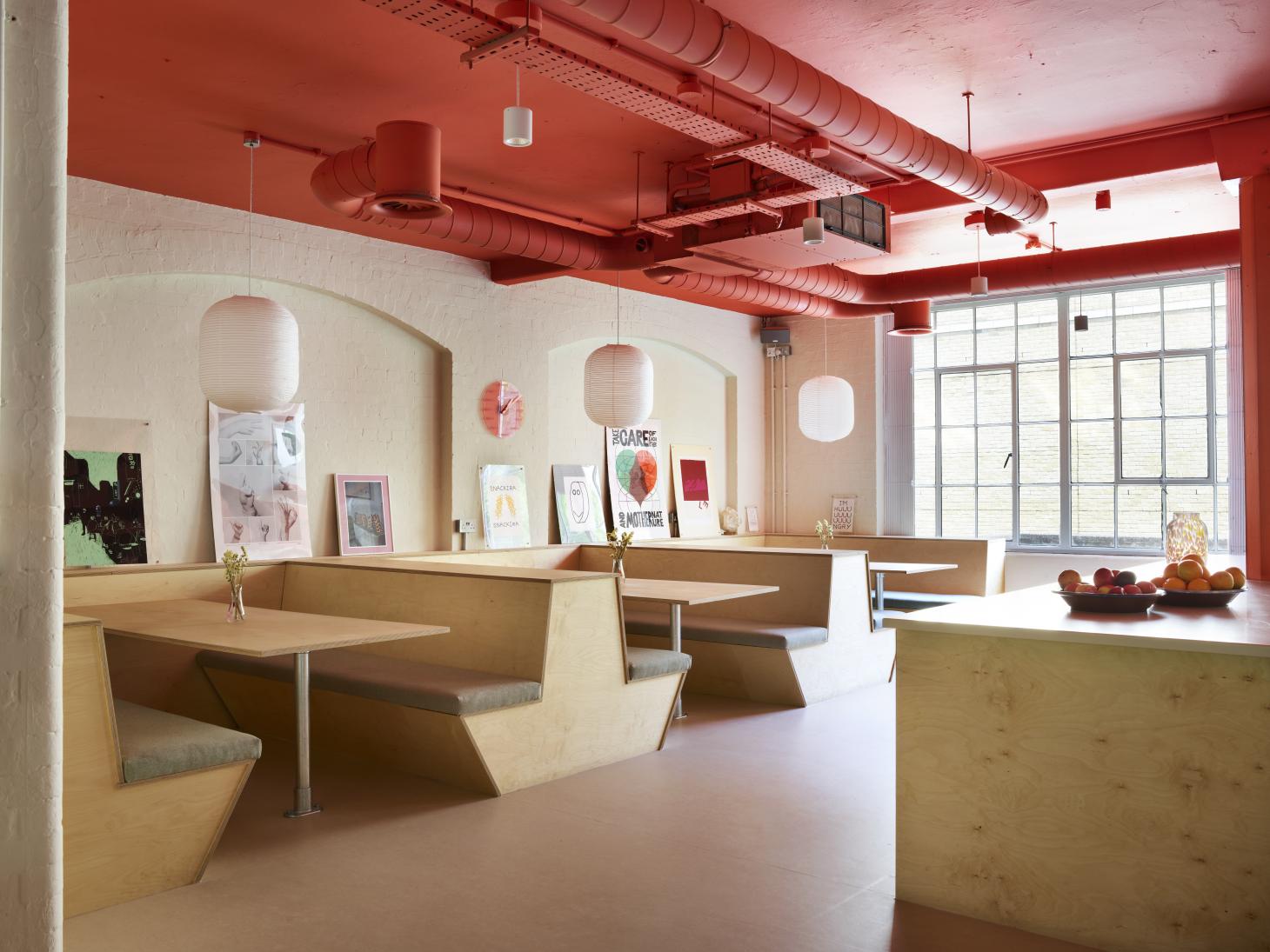
Good design, innovative thinking and doing things properly are core values embedded in the culture of Proper Snacks since its inception in 2011; and the brand’s new central London HQ delivers on both style and substance. While Proper has always supported working from home, in the post-pandemic world, founder Cassandra Stavrou MBE, set out to create a workspace that people actively wanted to show up to. To do this, Proper worked with a behavioural science consultancy to ensure the office design would be perfect for a new generation of hybrid workers, with an emphasis on wellbeing and biophilic design.
Jonathan Blake of Jeremy Blake Architects was chosen for his research into the interface between architecture and wellbeing. Blake began by stripping the whole space, discovering hidden features in the industrial columns and ducts beneath a generic office shell of harsh white stud walls and grey carpet tiles. To deliver the aesthetic, Stavrou drafted in interior designer Rebecca Sicardi.
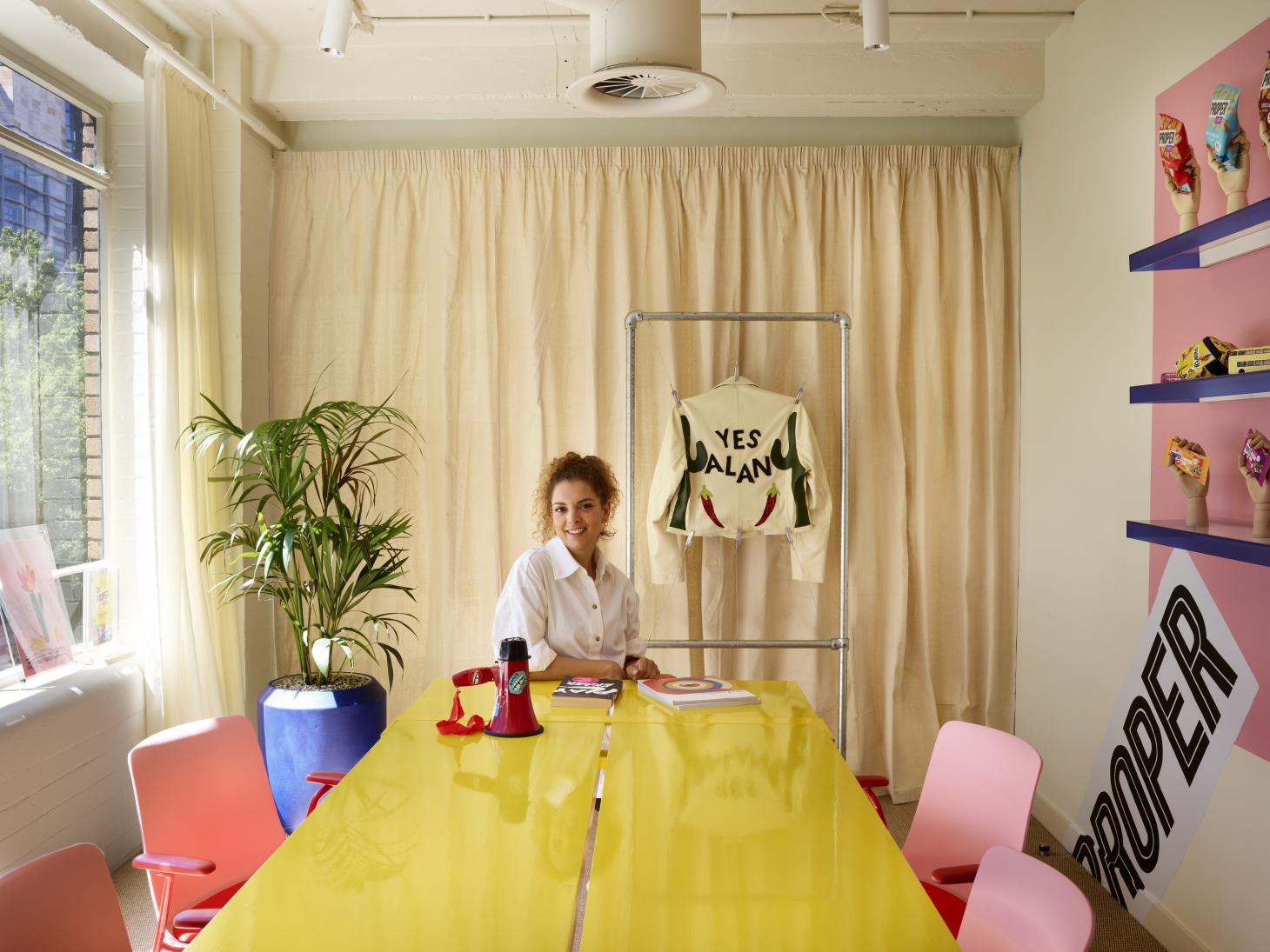
Cassandra Stavrou at the Proper Snacks headquarters
‘I’d designed Cassandra’s house, we work together in a symbiotic way and she trusts my sensorial approach,’ says Sicardi. It wasn’t a problem for Stavrou that Sicardi hadn’t worked on other commercial projects, ‘because Cassandra wanted a totally non-corporate approach, a home-from-home’, Sicardi continues. Workplace specialist Thirdway supported Sicardi to implement the design and ensure that the materials chosen were up to the rigours of a work environment.
Gone are the days of the one-size-fits-all open-plan layout: ‘A good team mixes extroverts and introverts; we’ve taken personality type into consideration with different types of work area,’ says Sicardi. As well as ‘connected clusters’ of desks and light, airy meeting rooms, there are standing desks, meeting pods and one-person ‘phone booths’ for focused working and distraction-free calls. ‘The architectural concept focused on the creation of a seamless and connected space that would at the same time offer moments that felt private. It’s about making space for different ways of thinking, working and being creative,’ says Blake.

Taking her cues from Proper’s products, which celebrate simple, authentic ingredients, Sicardi has devised a palette of honest, unpretentious raw materials; plywood booths, cork panelling, cotton muslin curtains and paper light shades. The look is finished with contemporary furniture, featuring pieces by London designers and makers, including Dean Edmonds, Martino Gamper and Craftworks Productions as well as countless air-purifying plants. Playful art and signage – the latter by Proper’s in-house creative team – provide moments of light relief that feel right for a snack brand that does the same.
Cleverly zoned by its orange-painted ceiling, the ‘out of office’ area includes a spacious kitchen, where the in-house chef prepares simple, healthy breakfasts and lunches, encouraging the team to hit pause together in cosy plywood booths. ‘Reciprocity and generosity are key terms on this project,’ says Sicardi. The nearby lounge provides space for thought-provoking talks and the kind of laid-back chats that spark creative moments. True to its name, the ‘out of office’ area is the equivalent of working in a café. ‘It’s strictly “do not disturb” if you’re working here,’ says Sicardi. ‘With this workspace, we are asking how can we do things differently? How can we make working work better?’
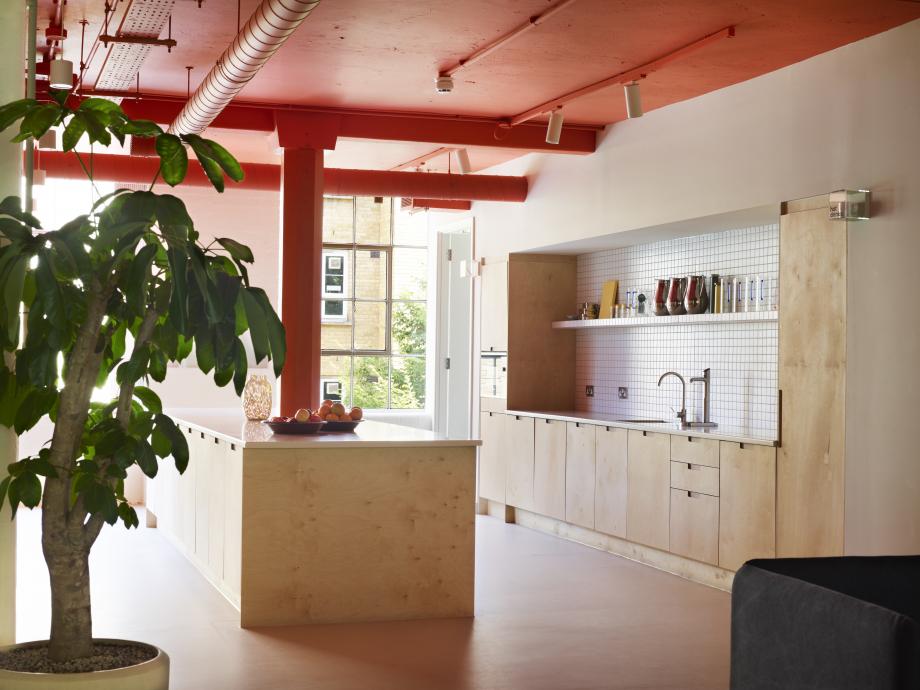
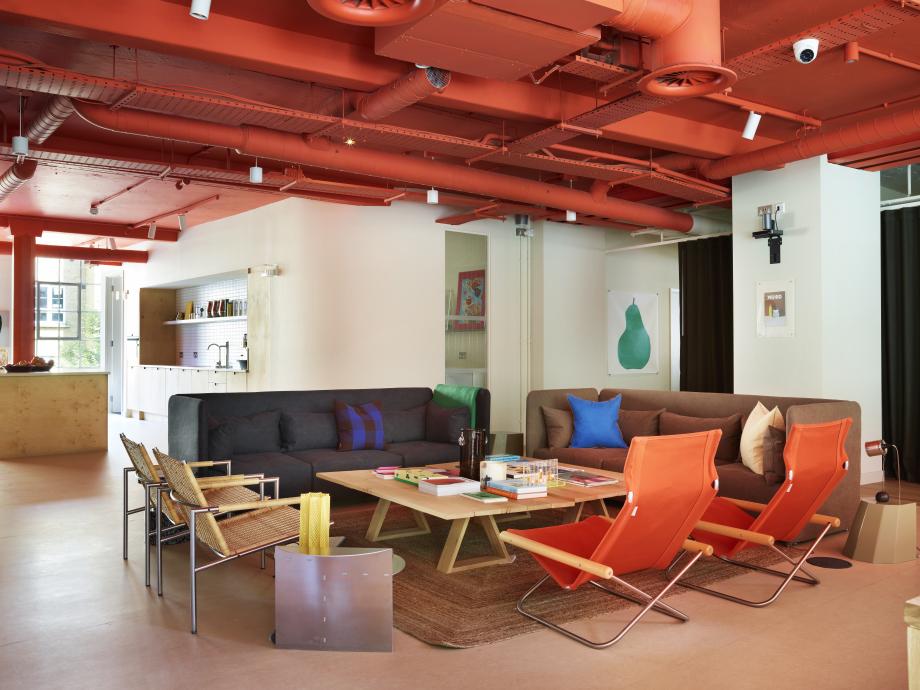
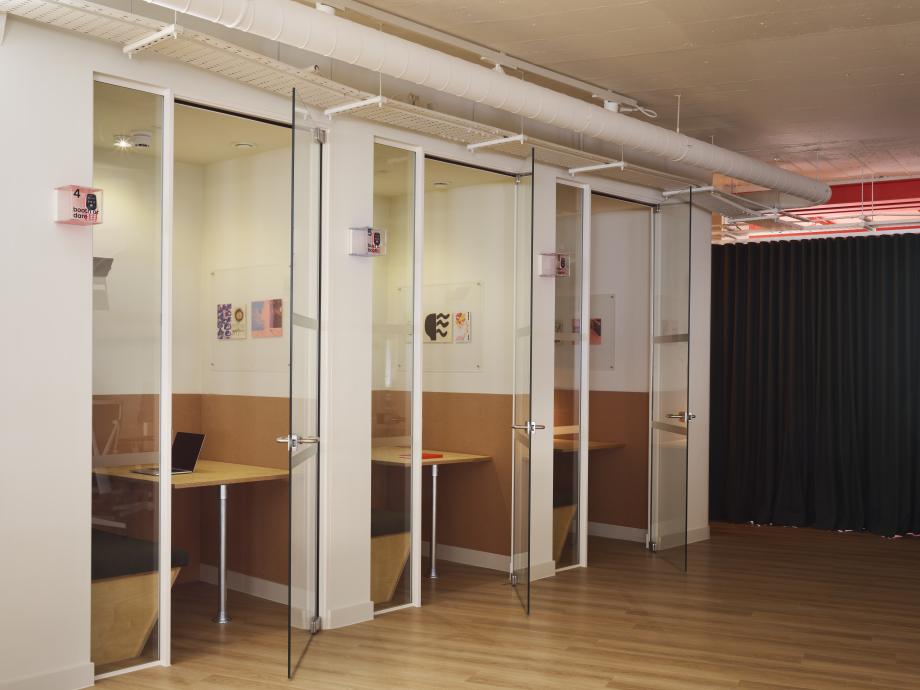
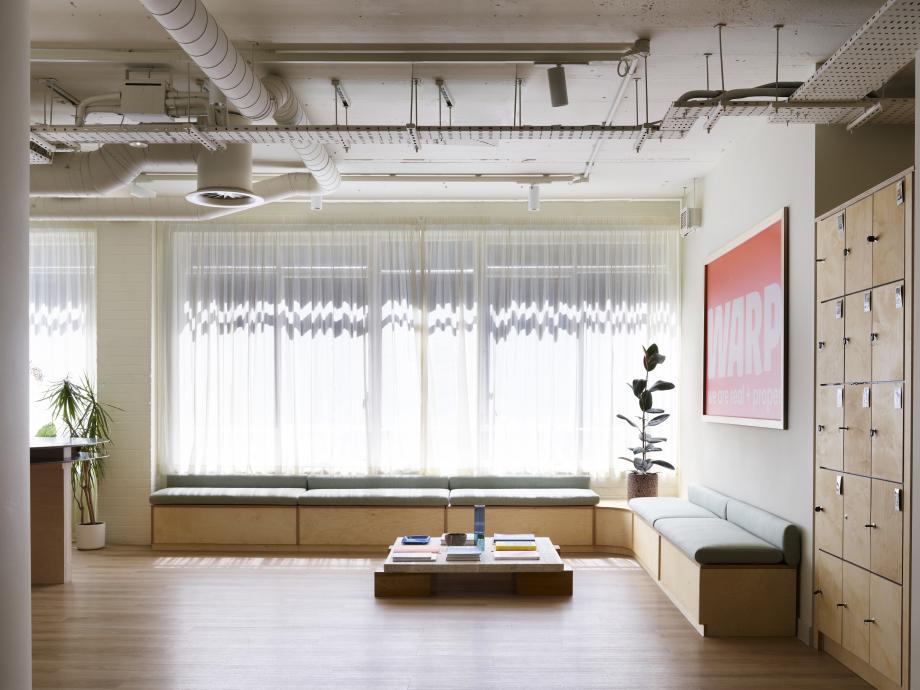
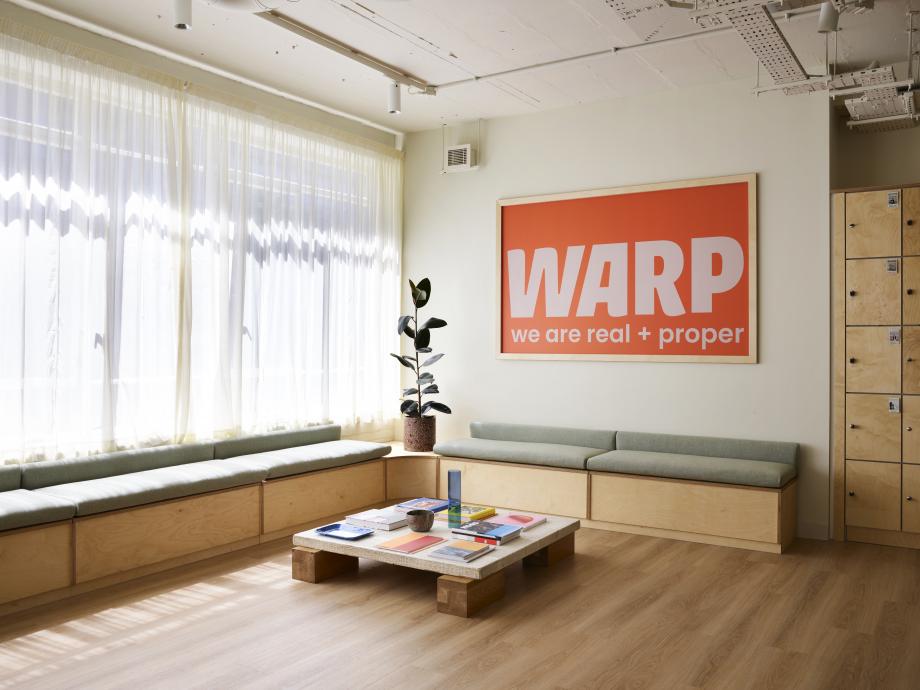
INFORMATION
Receive our daily digest of inspiration, escapism and design stories from around the world direct to your inbox.
-
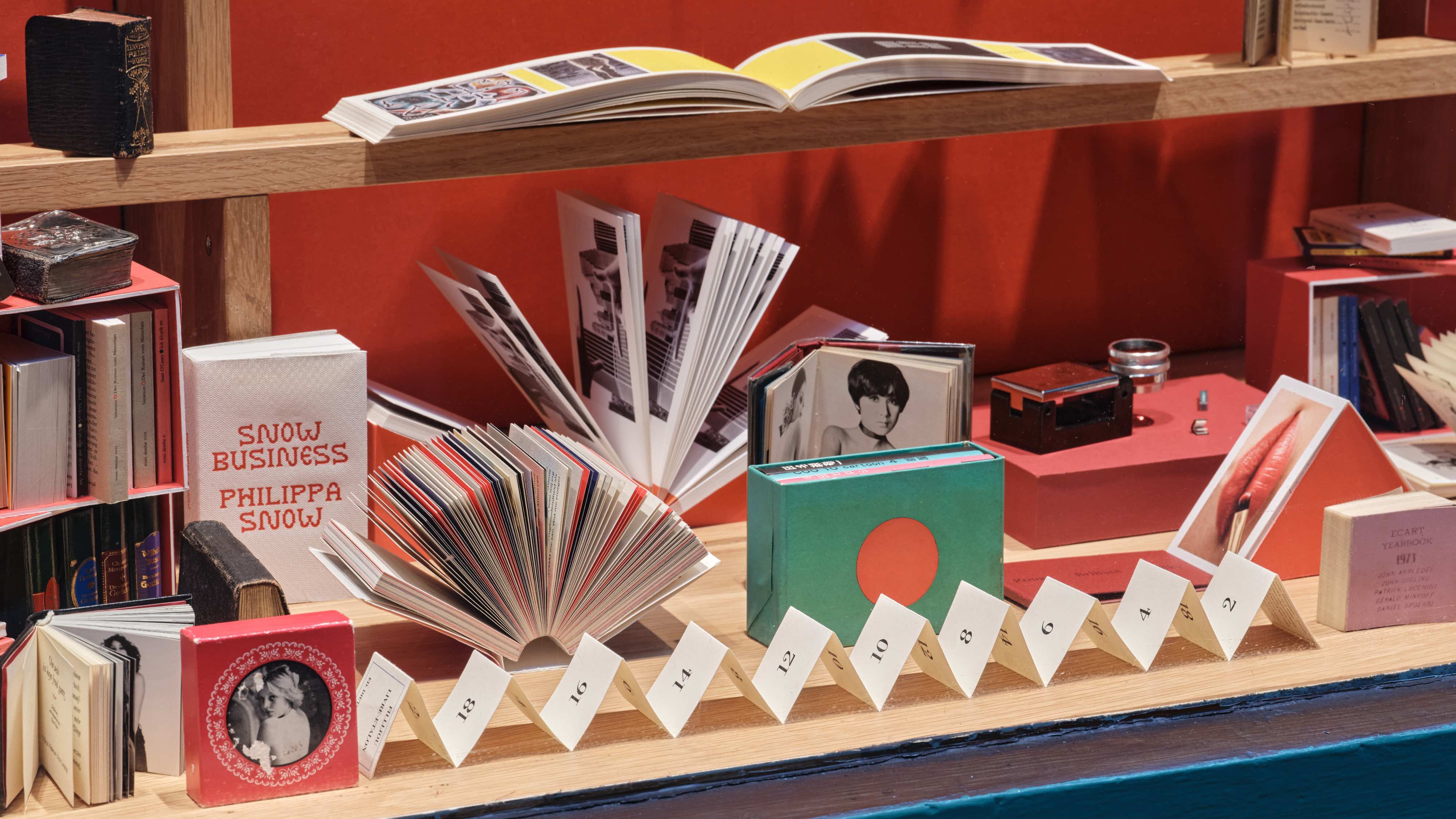 Veronica Ditting’s collection of tiny tomes is a big draw at London's Tenderbooks
Veronica Ditting’s collection of tiny tomes is a big draw at London's TenderbooksAt London bookshop Tenderbooks, 'Small Print' is an exhibition by creative director Veronica Ditting that explores and celebrates the appeal of books that fit in the palm of your hand
-
 How Beirut's emerging designers tell a story of resilience in creativity
How Beirut's emerging designers tell a story of resilience in creativityThe second in our Design Cities series, Beirut is a model of resourcefulness and adaptability: we look at how the layered history of the city is reflected in its designers' output
-
 A day in Ahmedabad – tour the Indian city’s captivating architecture
A day in Ahmedabad – tour the Indian city’s captivating architectureIndia’s Ahmedabad has a thriving architecture scene and a rich legacy; architect, writer and photographer Nipun Prabhakar shares his tips for the perfect tour
-
 Arbour House is a north London home that lies low but punches high
Arbour House is a north London home that lies low but punches highArbour House by Andrei Saltykov is a low-lying Crouch End home with a striking roof structure that sets it apart
-
 A former agricultural building is transformed into a minimal rural home by Bindloss Dawes
A former agricultural building is transformed into a minimal rural home by Bindloss DawesZero-carbon design meets adaptive re-use in the Tractor Shed, a stripped-back house in a country village by Somerset architects Bindloss Dawes
-
 RIBA House of the Year 2025 is a ‘rare mixture of sensitivity and boldness’
RIBA House of the Year 2025 is a ‘rare mixture of sensitivity and boldness’Topping the list of seven shortlisted homes, Izat Arundell’s Hebridean self-build – named Caochan na Creige – is announced as the RIBA House of the Year 2025
-
 In addition to brutalist buildings, Alison Smithson designed some of the most creative Christmas cards we've seen
In addition to brutalist buildings, Alison Smithson designed some of the most creative Christmas cards we've seenThe architect’s collection of season’s greetings is on show at the Roca London Gallery, just in time for the holidays
-
 In South Wales, a remote coastal farmhouse flaunts its modern revamp, primed for hosting
In South Wales, a remote coastal farmhouse flaunts its modern revamp, primed for hostingA farmhouse perched on the Gower Peninsula, Delfyd Farm reveals its ground-floor refresh by architecture studio Rural Office, which created a cosy home with breathtaking views
-
 A revived public space in Aberdeen is named Scotland’s building of the year
A revived public space in Aberdeen is named Scotland’s building of the yearAberdeen's Union Terrace Gardens by Stallan-Brand Architecture + Design and LDA Design wins the 2025 Andrew Doolan Best Building in Scotland Award
-
 The Architecture Edit: Wallpaper’s houses of the month
The Architecture Edit: Wallpaper’s houses of the monthFrom wineries-turned-music studios to fire-resistant holiday homes, these are the properties that have most impressed the Wallpaper* editors this month
-
 A refreshed 1950s apartment in East London allows for moments of discovery
A refreshed 1950s apartment in East London allows for moments of discoveryWith this 1950s apartment redesign, London-based architects Studio Naama wanted to create a residence which reflects the fun and individual nature of the clients